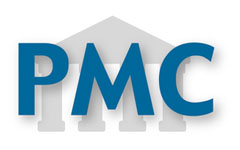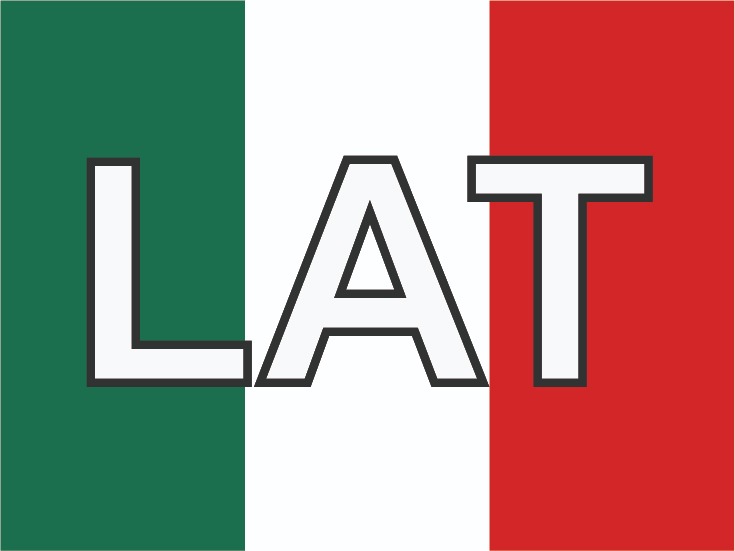Prescribing patterns and economic costs of proton pump inhibitors in Colombia
Abstract
Objective: To determine the prescribing patterns for proton pump inhibitors and to estimate the economic cost of their use in a group of patients affiliated with the Colombian Health System.
Methods: This is a descriptive observational study. Data for analysis consisted of prescriptions dispensed between October 1st, 2010 and October 31st, 2010 and were collected from a systematic database of 4.2 million members. Socio-demographic variables were considered along with the defined daily dose, co-medication, convenience of the indication for proton pump inhibitor use and costs.
Results: In this study, 113,560 prescriptions were dispensed in 89 cities, mostly to women (57.6%) with a mean age of 54.4 ± 18.7 yrs; the drugs were omeprazole (n= 111,294; 97.8%), esomeprazole (n= 1,378; 1.2%), lansoprazole (n= 524; 0.4%), pantoprazole and rabeprazole. The indication for 87,349 of the formulas (76.9%) was justified and statistically associated with the use of NSAIDs, antithrombotics, corticosteroids, anti-ulcer, antibiotics and prokinetics. No justification was found for 26,211 (23.1%) of the prescriptions, which were associated with antidiabetics, antihypertensives, hypolipidemics and others (p <0.001). The annual justified cost was estimated to be US$ 1,654,701 and the unjustified cost was estimated to be U.S. $ 2,202,590, as calculated using the minimum reference prices.
Discussion: Each month, the Colombian health system is overloaded by unjustified costs that include payments for non-approved indications of proton pump inhibitors and for drugs outside the list of essential medications.This issue is contributing to rising costs of healthcare in Colombia.
Authors
Downloads
Keywords
- Health care costs
- drug costs
- pharmaceutical services
- omeprazole
- esomeprazole
- lanzoprazole.
References
1. Díaz RM, Sainz SR, Díaz RF, Malagelada JR, Pajares JM, Rodrigo JM, et al. Comparative multicentric study of Omeprazole versus Ranitidine in the treatment of duodenal ulcer. Rev Esp Enferm Dig. 1991; 80: 12-6.
2. Tajima A, Koizumi K, Suzuki K, Higashi N, Takahashi M, Shimada T, et al., Proton pump inhibitors and recurrent bleeding in peptic ulcer disease. J Gastroenterol Hepatol. 2008; 23: S237-4.
3. Ntaios G, Chatzinikolaou A, Kaiafa G, Savopoulos C, Hatzitolios A, Karamitsos D. Evaluation of use of proton pump inhibitors in Greece. Eur J Intern Med. 2009; 20: 171-3.
4. McKay AB, Wall D. Overprescribing PPIs: An old problem. BMJ. 2008; 336: 109.
5. Forgacs, I, Loganayagam, A. Over prescribing proton pump inhibitors. BMJ. 2008; 336: 1-2.
6. Martín-Echevarría E, Pereira JA, Torralba M, Arriola PG, Martín DP, Mateos J, et al. Assessing the use of proton pump inhibitors in an internal medicine department. Rev Esp Enferm Dig. 2008; 100: 76-81.
7. Ameijeiras AH, González BC, Zúñiga VL. A survey of gastroprotective drugs: prescription-indication in hospitalized patients. Gac Sanit. 2007; 21: 412-5.
8. Papis, S. Análisis de la relevancia sanitaria y económica en la prescripción de antiulcerosos del grupo de los prazoles. Acta Farm. Bonaer. 2006; 25: 283-8.
9. Sierra F, Suarez M, Rey M, Vela MF. Systematic review: Proton pump inhibitor-associated acute interstitial nephritis. Aliment Pharmacol Ther. 2007; 26 (4): 545-53.
10. Targownik LE, Lix LM, Metge CJ, Prior HJ, Leung S, Leslie WD. Use of proton pump inhibitors and risk of osteoporosis-related fractures. CMAJ. 2008; 179 (4): 319-26.
11. Carvajal A, Macias D, Gutiérrez A, Ortega S, Sáinz M, Martín ALH, et al. Gynaecomastia associated with proton pump inhibitors: a case series from the spanish pharmacovigilance system. Drug Saf. 2007; 30: 527-31.
12. Reimer C, Søndergaard B, Hilsted L, Bytzer P. Proton-pump inhibitor therapy induces acid-related symptoms in healthy volunteers after withdrawal of therapy. Gastroenterol. 2009; 137: 80-7.
13. Ibáñez A, Alcalá M, García J, Puche E. Drug-drug interactions in patients from an internal medicine service. Farm Hosp. 2008; 32: 293-7
14. Wilkinson GR. Drug metabolism and variability among patients in drug response. N Engl J Med. 2005; 352: 2211-21.
15. Machado JE, Moncada JC, Mesa G. Prescription patterns for antilipidemic drugs in a group of Colombian patients. Rev Panam Salud Públ. 2008; 23: 179-87
16. Machado J, Moncada JC, Pineda R. [Profile of use of anti tumor necrosis factor in Colombian patients]. Biomedica. 2011; 31: 250-7
17. Ahrens D, Chenot. JF, Behrens G, Grimmsmann T, Kochen M. Appropiateness of treatment recommendations for PPI in hospital discharge letters. Eur J Clin Pharmacol. 2010; 66: 1265-71.
18. Ministerio de Salud y de la Protección Social. Acuerdo 228 de 2002, Por la cual se actualiza el Manual de Medicamentos del Plan Obligatorio de Salud, Diario Oficial de la Republica de Colombia N° 44.847, de marzo 5, 2002.
19. Levy-Neumand O, Carniaux F, Bonaz B, Durand A, Roblin X. Proton pump inhibitors in general medicine. Comparison of routine practices with marketing authorization indications. Gastroenterol Clin Biol. 2007; 31: 78-8.
20. Salas M, Ward A, Caro J. Are proton pump inhibitors the first choice for acute treatment of gastric ulcers? A meta analysis of randomized clinical trials. BMC Gastroenterol. 2002; 2: 17.
21.Ables A, Simon I, Melton E. Update on Helicobacter pylori Treatment. Am Fam Physician 2007; 75: 351-8.
22. Lin KJ, Hernández-Díaz S, García RAL. Acid suppressants reduce risk of gastrointestinal bleeding in patients on antithrombotic or anti-inflammatory therapy. Gastroenterol. 2011; 141: 71-9.
23. Hiraishi H, Akima T, Sugaya T, Nakano M, Nomura M. Prophylaxis and treatment of NSAID-related peptic ulceration: present status and prospects. Nihon Rinsho. 2011; 69: 988-94.
24. Eom CS, Jeon CY, Lim JW, Cho EG, Park SM, Lee KS. Use of acid-suppressive drugs and risk of pneumonia: a systematic review and meta-analysis. CMAJ. 2011; 183: 310-9.
25. Walshe V, O’Morain C, Bennett K, Keeling PW, Barry M. Best practice for Helicobacter pylori eradication in the primary care setting. Ir Med J. 2006; 99: 11-2.
The copy rights of the articles published in Colombia Médica belong to the Universidad del Valle. The contents of the articles that appear in the Journal are exclusively the responsibility of the authors and do not necessarily reflect the opinions of the Editorial Committee of the Journal. It is allowed to reproduce the material published in Colombia Médica without prior authorization for non-commercial use




















